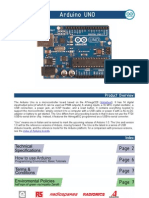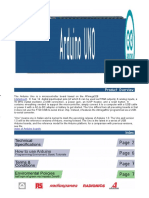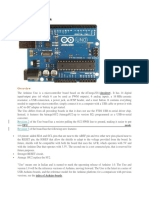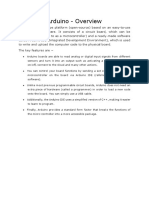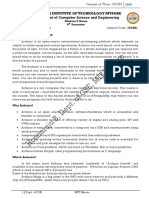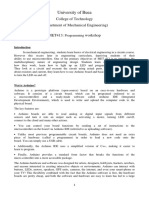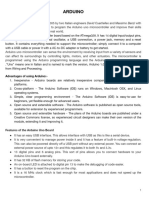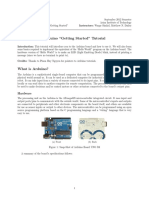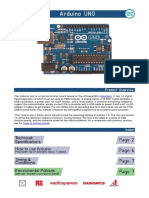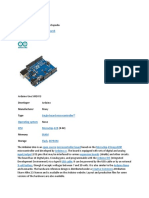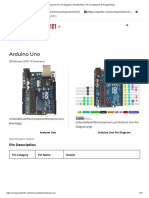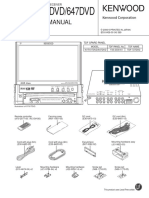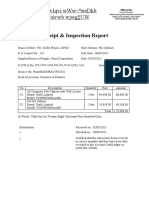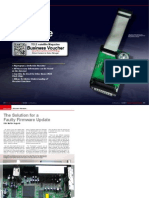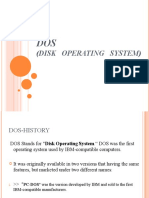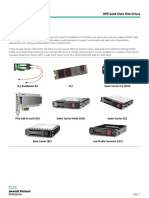0% found this document useful (0 votes)
50 views7 pagesArduino Uno ATmega 328P (Batch A)
The document provides a comprehensive overview of the Arduino Uno microcontroller, detailing its specifications, features, pin configuration, and applications. It also explains the functionality of a breadboard, including its structure, connections, and usage in prototyping electronic circuits. Additionally, it highlights the importance of the Arduino IDE for programming the board and the high voltage protection features of the USB connection.
Uploaded by
absh123454321Copyright
© © All Rights Reserved
We take content rights seriously. If you suspect this is your content, claim it here.
Available Formats
Download as PDF, TXT or read online on Scribd
0% found this document useful (0 votes)
50 views7 pagesArduino Uno ATmega 328P (Batch A)
The document provides a comprehensive overview of the Arduino Uno microcontroller, detailing its specifications, features, pin configuration, and applications. It also explains the functionality of a breadboard, including its structure, connections, and usage in prototyping electronic circuits. Additionally, it highlights the importance of the Arduino IDE for programming the board and the high voltage protection features of the USB connection.
Uploaded by
absh123454321Copyright
© © All Rights Reserved
We take content rights seriously. If you suspect this is your content, claim it here.
Available Formats
Download as PDF, TXT or read online on Scribd
/ 7
